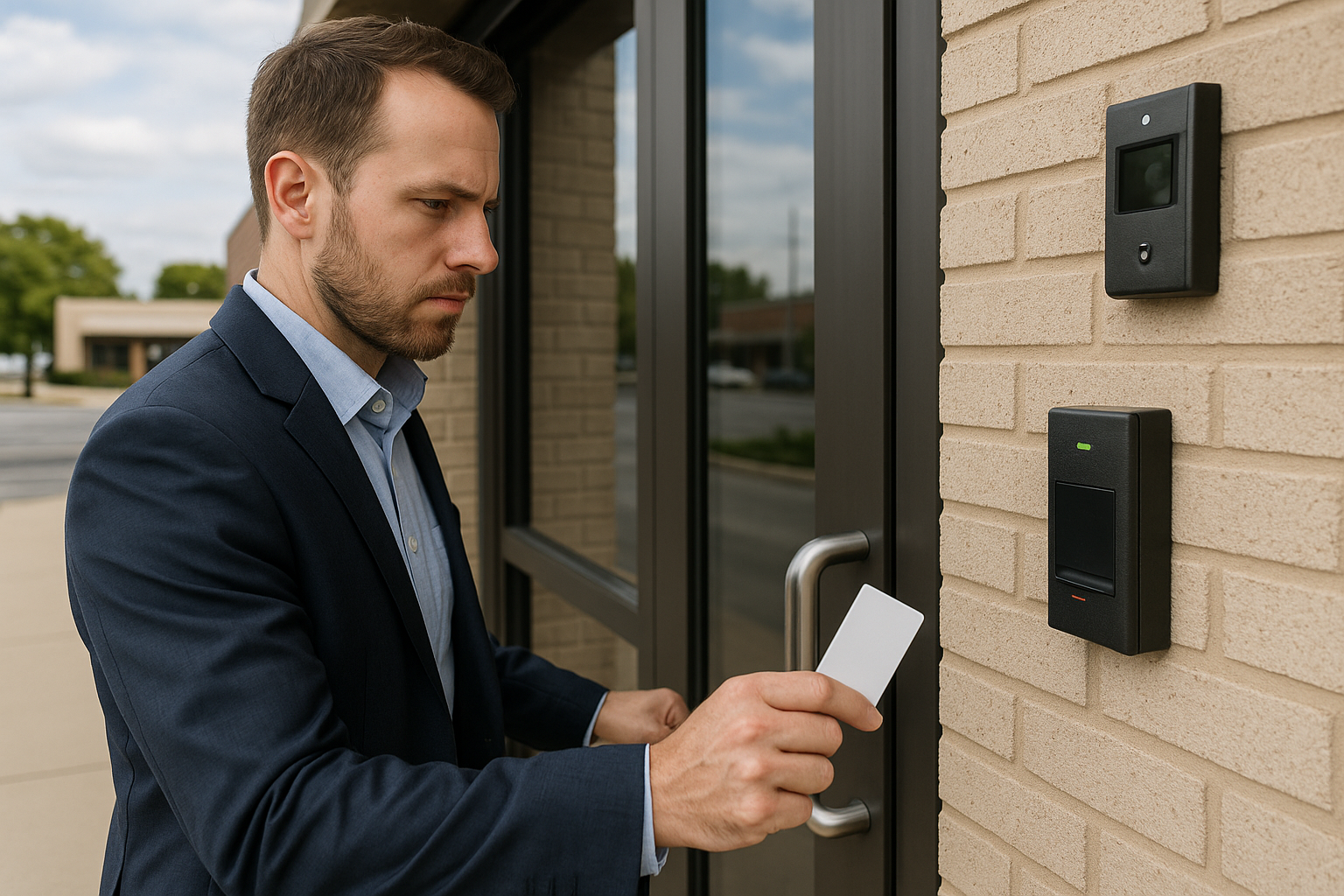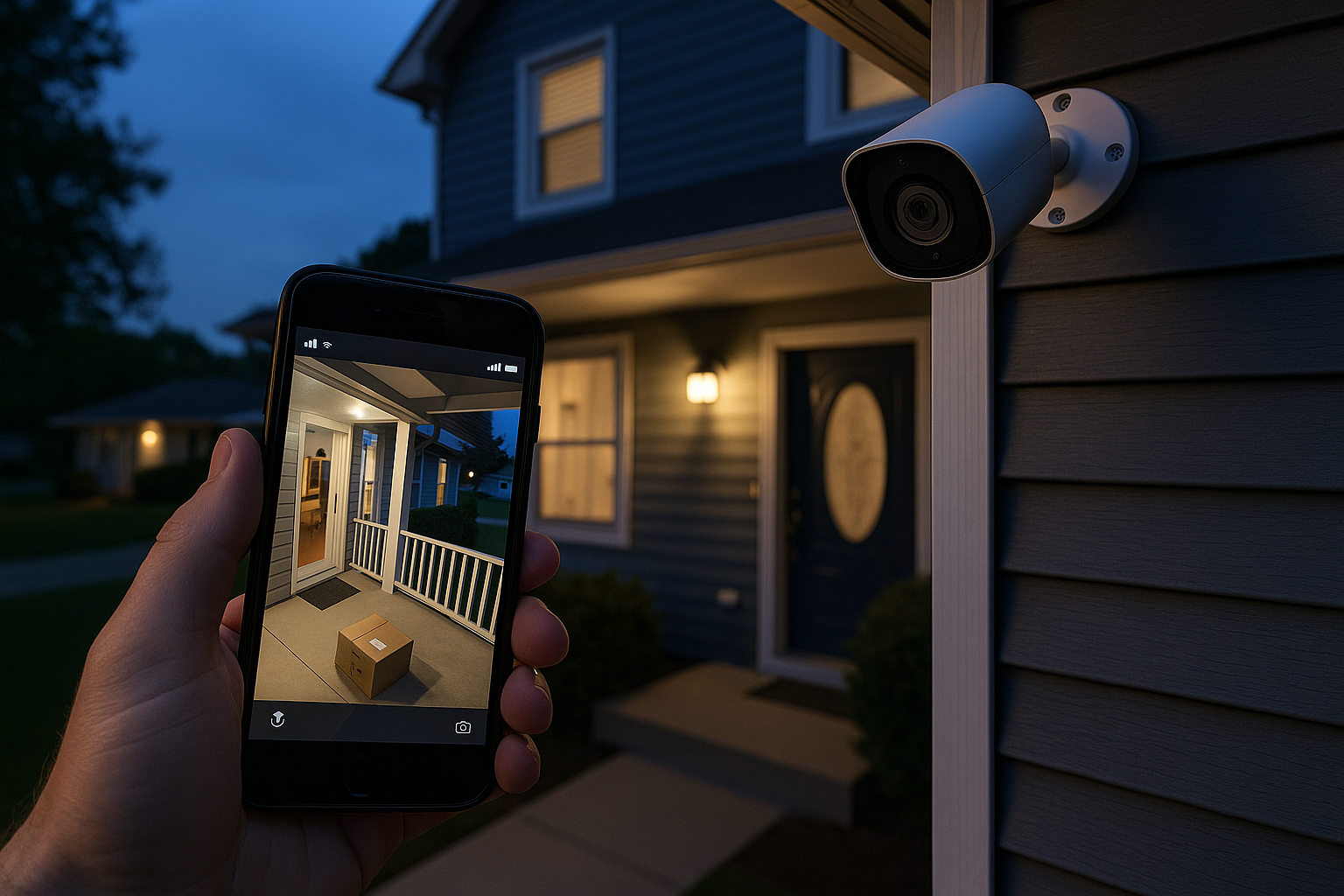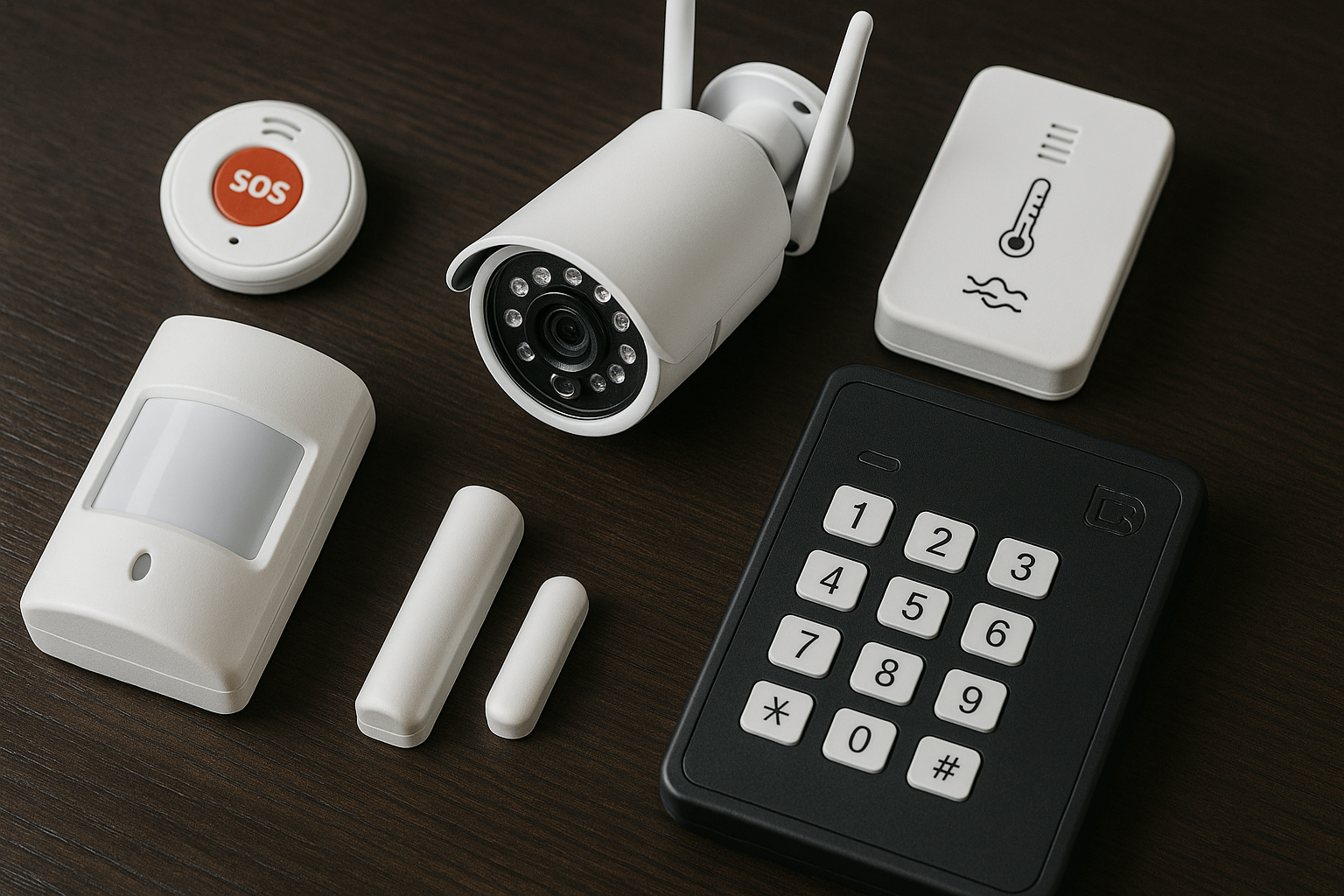-
24 Hour Emergency Service
- 24 Hour Emergency Service
Best Practices for Setting Up Remote IT Security
Best Practices for Setting Up Remote IT Security
In the U.S. alone, the number of remote workers has tripled. Today almost 28 million people work remotely.
But with the rise of remote workers comes increased security risks. This is especially true for small businesses that may not have a dedicated IT company or managed IT service to look out for them.
So how can your organization practice good IT security while working remotely? Here are some best practices to help you out.
Have a Cybersecurity Policy
First, there must be a clear cybersecurity policy in place for all remote workers.
This policy should include:
- Approved, encrypted messaging apps
- Solutions to cybersecurity incidents
- Policies on devices and social media use
- Definition of confidential data
- Email policy
Every organization will have different needs, so make sure to customize your cybersecurity policy to fit your organization. Depending on your industry, additional security requirements may be needed. If so, incorporate them into your cybersecurity policy.
For example, the HIPAA Security Rule applies to any health care plan or provider who transmits information electronically. The HIPAA Privacy Rule protects individually identifiable health information. If your organization handles any kind of patient data, adherence to these rules is necessary.
Once you have a cybersecurity policy, make sure to regularly review and update it.
Use Secure Remote Access
The best cybersecurity policy in the world won't matter if you can't ensure secure remote access.
Remote access can be secured by the use of firewalls, VPNs, intrusion prevention and detection systems, and other systems. Ideally, a combination of these should be used to ensure maximum security.
This is where a zero-trust model works well. A zero-trust security framework requires all users, whether local or remote, to be authenticated, authorized, and validated prior to gaining access to data or software.
Train Your Employees
Finally, you need to train your employees on cybersecurity. It's likely that your organization has employees with a range of technical knowledge.
When an issue does occur, there needs to be a policy for escalating it. There should be a clear course of action (included in your cybersecurity policy) that lets employees know who to go to.
Make cybersecurity training part of your onboarding process for new employees. Regular ongoing training for existing employees is also important.
One of the best ways to train your employees is with real-world simulations. A successful practice attack can teach you and your employees what went wrong.
Complement Your IT Security With Professional Monitoring
With more and more people shifting to either a fully remote or a hybrid work model, IT security is more important than ever. Regardless of how small or large your business is, you need good IT security services.
But it's not enough.
You also need around-the-clock monitoring for your business. That's a task suited for professionals like us.
At Secure IT Services, we can monitor your business and protect it with our professional monitoring, security cameras, and access control systems. Get a free quote today.
‹ Back












